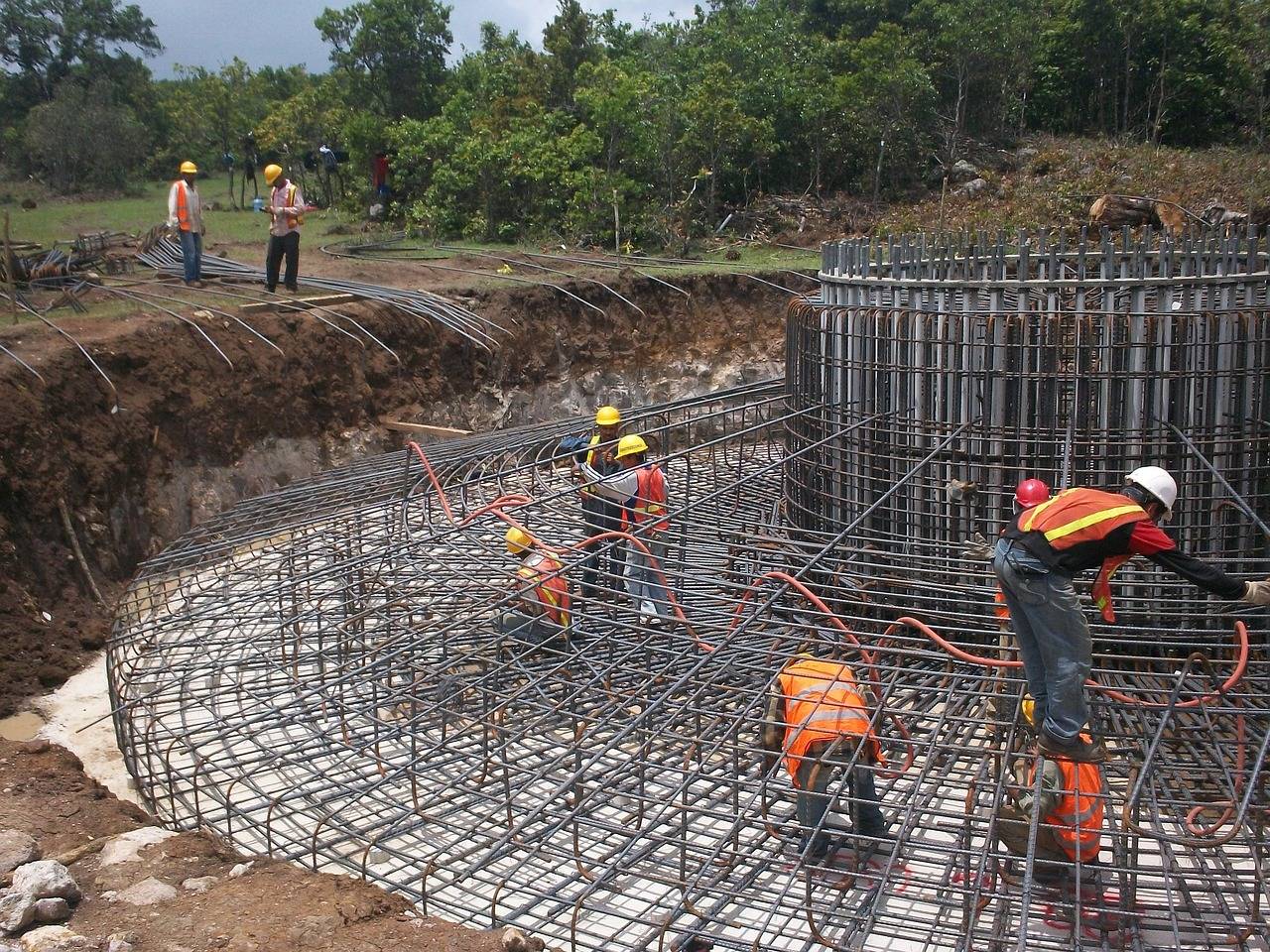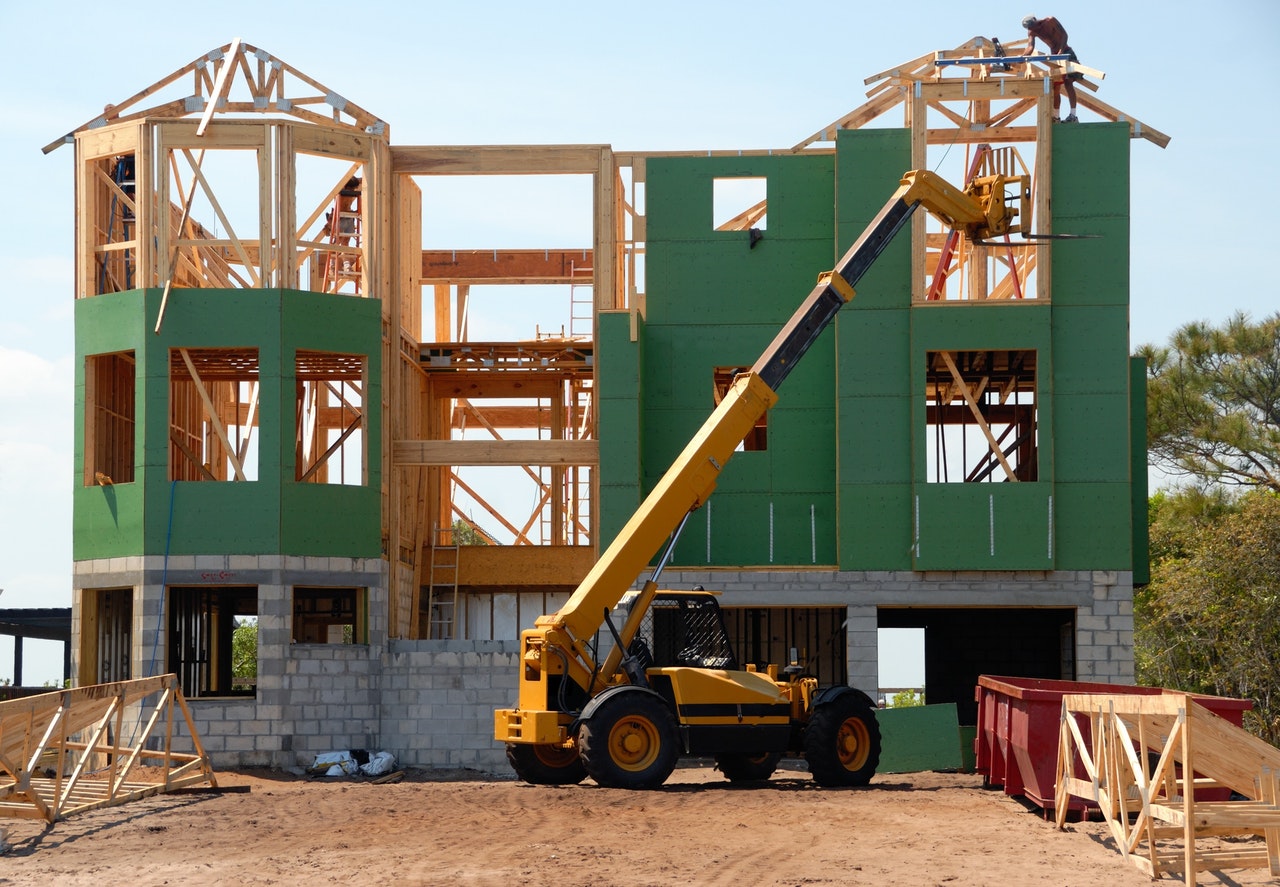In this article, I am going to discuss Fly Ash Brick in detail. After reading this article you will be able to describe the properties, physical characteristics, composition, manufacturing process, benefits, disadvantages, size, and types of Fly Ash Bricks.
Fly Ash Bricks- Introduction
To understand fly ash bricks, first, we should know what is fly ash.
In Thermal Power Station the coal is burnt to produce heat energy. This heat energy is converted to electrical energy. Subsequently, the residue which is produced during the combustion of coal comprises fine particles and it is called fly ash.
Fly ash contains a trace amount of toxic metals. If not decomposed properly it creates a negative effect on human health, plants, and land.
It is one of the numerous substances that causes air, water, and soil pollution to disrupt the ecological cycle and set off environmental hazards.
To overcome this problem many new uses of fly ash have been found through research. One such use is Fly Ash Bricks.
Raw Materials used in Fly Ash Bricks
The raw material used in Fly Ash Bricks are:
Fly Ash:
Generally, two types of fly ash are used in concrete:
- Class C
- Class F
In general, Class C fly ash are often high calcium fly ashes with carbon content less than 2%. Whereas, Class F is generally low calcium fly ashes with carbon contents less than 5% but sometimes as high as 10%.
Fly Ash Bricks Manufacturing Process
Fly ash, cement, and sand are manually fed into a pan mixer where water is added to the required proportion for homogeneous mixing.
The proportion of raw materials may vary depending on the quality of raw materials.
After mixing, the mixture is allowed to belt conveyor through feed into an automatic brick-making machine where the bricks are pressed automatically.
Subsequently, the bricks are placed on wooden pallets and kept as it is for two days thereafter transported to an open area where they are water cured for 28 days.
Finally, the bricks are sorted and tested before dispatch.
Flowchart Showing the Manufacture of Fly Ash Bricks
Advantages of Fly Ash Bricks
- Reduces dead load on the structure due to the lightweight nature of the brick.
- The same number of bricks will cover more area than other conventional bricks.
- It provides better insulation against fire.
- Less breakage during transport and use due to high strength as compared to clay bricks.
- Less mortar is required for joints and plaster due to the uniform size of bricks.
- The seepage of water through bricks is less due to the lower water penetration properties.
Comparison Between Clay Brick and Fly Ash Brick
Normal Clay Brick | Fly Ash Brick |
|---|---|
| 1. Have varying colors as per soil. | 1. Have a uniform pleasing color like cement. |
| 2. Uneven shape. | 2. Uniform in shape |
| 3. Plastering is required. | 3. No plastering is required. |
| 4. Heavier in weight. | 4. Light in weight. |
| 5. Compressive strength is less. | 5. Compressive strength is more. |
| 6. More porous. | 6. Less porous. |
I hope you got complete information about the Fly Ash Bricks in this article.
If you found this article helpful, feel free to share it with your friends.
Leave a comment if I missed anything.
Happy Learning!!




